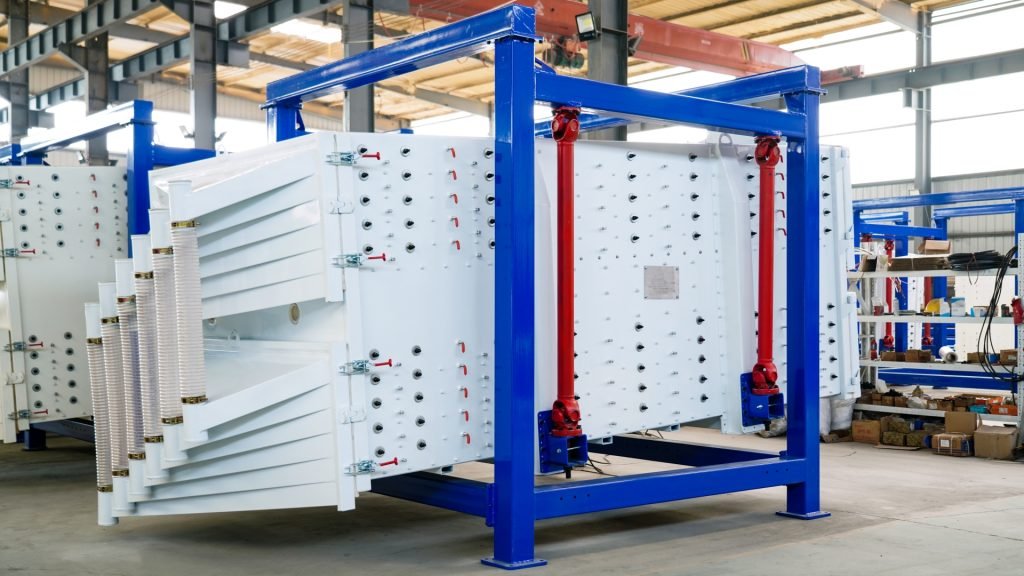Plastics & Polymer Industry
Compared with metal, stone, and wood, plastic products have the advantages of low cost and strong plasticity. They are widely used in the world economy and affect all aspects of our lives. In the production process of plastic products, many industries cannot do without vibrating screens.
The sieving of plastics is complicated and sometimes superficial. One of the most important indicators is the size of the plastic particles. If the plastic particles you need to sieve are ≥ 24 mesh, it is generally easier to sieve, but if your sieve is ≤40 mesh powder, the plastic powder is usually challenging to sieve.
The main difficulties are the following factors:
1.Under normal circumstances, when the plastic powder is sieved, static electricity will be generated due to friction, so that the plastic powder will have the characteristics of aggregation and adsorption. In this case, our company’s common solution is: 1. In the vibrating screen Adding a static removal device on top, and adding an ultrasonic system can usually greatly increase the output of plastic powder.
The reason why some plastic powders are difficult to sieve is that the enlarged plastic powder is not granular but fibrous. Usually, the vibrating sieve is a metal woven mesh, and the fiber-shaped powder is easily entangled on the mesh, making it difficult to sieve. Screening, When our company encounters this situation, the usual methods are
1. When selecting the equipment, choose a Tumbler Screening Machine
2. Choose the brush to clean the net.
Of course, the plastics industry is a very, very large industry. What I said above is just a little bit of the characteristics of the plastics industry. We have rich experience in this industry and welcome your consultation.
These vibrating screeners and vibratory classifiers are ideal for applications such as separating and classifying plastics pellets, dewatering plastics pellets and check screening plastic pellets powders. The design of our vibratory separators allows the screening process of a good number of plastics materials, below you can find some the most common plastic materials we are able to screen and classify:










